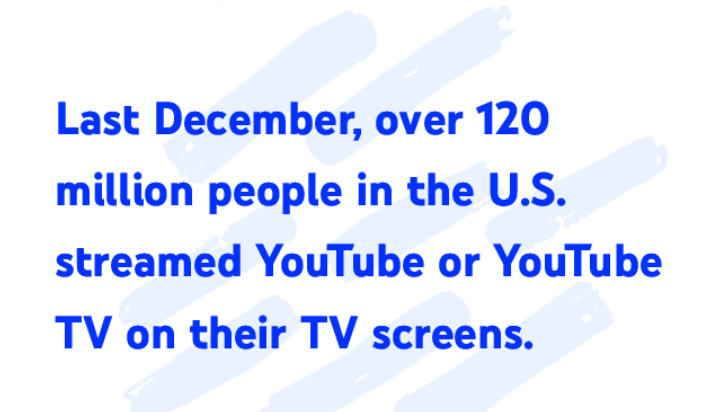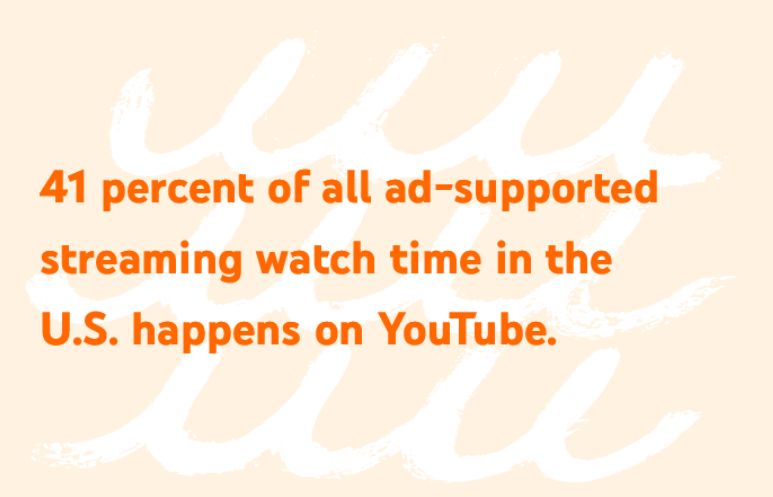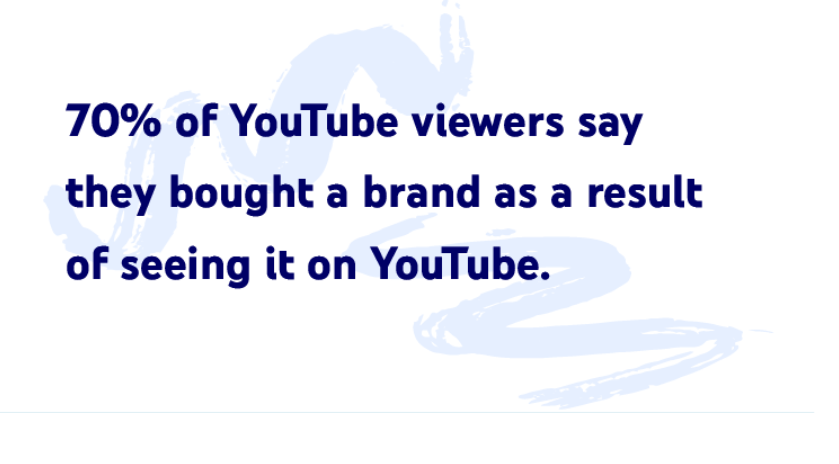 The second installment of our new Innovation series explores the transformation of the viewer video experience as YouTube builds for this dynamic future.
The second installment of our new Innovation series explores the transformation of the viewer video experience as YouTube builds for this dynamic future.
The video landscape today is rapidly changing in ways that are redefining how we watch, what we watch, and why we watch—developments that impact not just viewers, but also advertisers, creators, and artists. And while some of these trends have been years in the making, the pandemic dramatically accelerated their evolution in our lives. Earlier this morning, I participated in IAB’s annual leadership meeting to talk about three trends driving digital video into the future.
Streaming platforms and CTV are on the rise
Even before the pandemic, streaming was quickly becoming the preferred way to enjoy content. The last year solidified this trend, with increasing numbers of people abandoning traditional linear TV. According to eMarketer, more than 106 million U.S. households are projected to watch streaming content in 2021, eclipsing pay TV. Viewers are leaving behind traditional primetime, and we’re finding at YouTube that the new primetime is personal. People want the freedom to stream anything whenever they want, whether it’s a favorite movie, a hard-to-find music performance, a premiere sports event, or even a tough workout.
Viewers are also increasingly streaming content on their connected TV screens as they spend more time at home. In fact, though mobile still makes up the largest percentage of how content is consumed on the platform, our fastest growing viewing experience is on the TV screen. Last December, over 120 million people in the U.S. streamed YouTube or YouTube TV on their TV screens. And there’s another interesting viewing behavior emerging. A new generation of viewers chooses to watch YouTube primarily on the TV screen: Also in December, over a quarter of logged-in YouTube CTV viewers in the U.S. watched content almost exclusively on the TV screen.
For advertisers, the move to streaming on TV screens brings both challenges and opportunities. Some challenges, like planning what to buy and measuring impact, aren’t exactly new. Solutions are being developed to address these issues and have already broken new ground. For example, for the first time ever this 2021/2022 upfront season in the U.S., advertisers will be able to measure their YouTube CTV campaigns with Nielsen. As for opportunities, streaming gives advertisers more places to reach those customers who have been abandoning TV for streaming platforms, including hard-to-reach viewers. And while much has been made about the complexity and fragmentation of audiences, the number of ad-supported platforms with scale is actually pretty small. According to Comscore, 82.5 percent of CTV reach in the U.S. falls on only five streaming services: Netflix, YouTube, Amazon Prime, Hulu, and Disney+, but only two sell ads. 41 percent of all ad-supported streaming watch time in the U.S. happens on YouTube.2 All of this makes clear how CTV has opened a significant new chapter for video on YouTube and beyond.

E-commerce is growing faster, powered by digital video
It’s no secret that e-commerce has been growing for years, but the pandemic further fueled its jump last year. In 2020, online shopping’s share of total retail sales hit 21.3%, a 44% spike from the previous year.3 And as this shift only continues to grow, video will play an increasingly important role.

One reason is that consumers want the convenience of researching and reviewing products online at home, but with the trusted guidance of an in-store experience. That’s where YouTube’s creators come in. They’ve committed considerable time and effort into building authentic connections with fans, and as a result, deliver trusted brand and product recommendations to their audience. Just look at iJustine, who vlogs about virtually all tech gear – from mobile phones to consumer drones – and gives expert reviews her fans have come to depend on. Not surprisingly, according to a study we partnered with Talkshoppe on in 2020, 70% of YouTube viewers say they bought a brand as a result of seeing it on YouTube.In my recent blog post launching this innovation series, I discussed how we’re beta testing a new integrated shopping experience that lets viewers tap into the credibility and knowledge of creators to make informed purchases directly on YouTube.
Short-form content is here for the long run
The growth of short-form content on mobile has been remarkable to watch and it can be explained by two related developments: easy paths to creation and consumption. Mobile devices offer simple but powerful tools for anyone to create or watch compelling content.
To give viewers the short-form content they’ve grown to love, we’ve been developing our own short-form mobile experience called “Shorts.” We began beta testing Shorts last year in India with various creation tools, including a multi-segment camera, the ability to record with music, speed controls, as well as a timer and countdown feature. Since the beginning of December, the number of Indian channels using Shorts creation tools has more than tripled. In the next few weeks, we’ll begin expanding the beta to the U.S.

As these three trends lay out, it’s an exciting time for digital video. Video empowers viewers to watch content as never before; advertisers to reach customers as never before; and creators and artists to find an audience as never before. CTV, e-commerce, and short-form video will continue to play out in the years ahead, and I’m looking forward to seeing what new trends redefine the place of video in our lives.
Written by Neal Mohan,Chief Product Officer, YouTube


